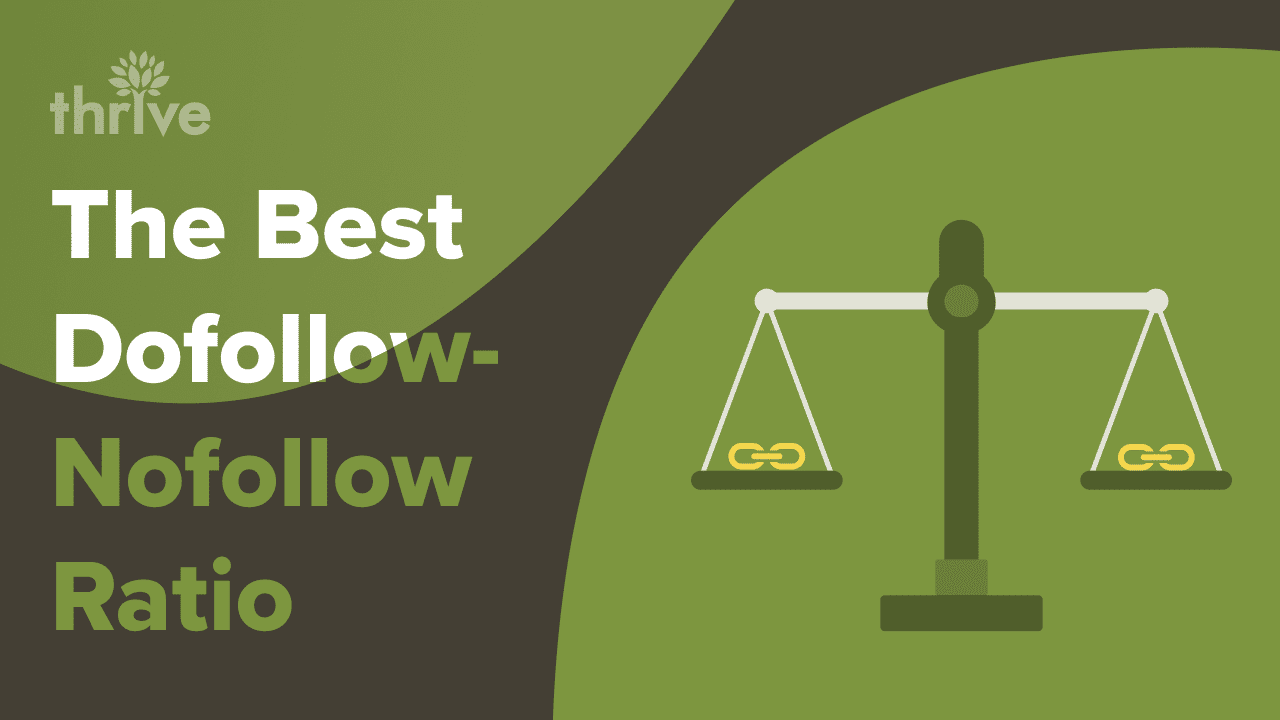To rank high on search engine results pages (SERPs), companies are looking at fine-tuning several aspects of their link-building strategy. While a great amount of effort is being put into understanding the kind of links search engines – especially Google – prefer, increasingly, the focus is shifting to exploring niche metrics that can offer competitive benefits. One such metric is the ratio of dofollow links to nofollow links. It has become the topic of heated debate amongst SEO professionals.
Understanding the Difference between Dofollow and Nofollow Links
Hyperlinks have been the core of the World Wide Web since its inception. They essentially are used to link one web page to another and by default, every standard hyperlink is a dofollow link. When any site uses a standard hyperlink to connect to your web page, it essentially passes on link juice (a certain amount of SEO value) to your website. In other words, it impacts the search engine rankings of your page. Link juice is an important contributor to PageRank, a composite score-based mechanism used by Google to rank web pages.
In contrast, a nofollow link explicitly asks the search engine to avoid passing on link juice to the linked page. This is done by adding an HTML attribute rel=”nofollow” to the hyperlink code. Typically, comments sections of popular sites and forums by default make any link posted on them as nofollow to avoid passing on link juice. It is a great mechanism to prevent spam links from cluttering up websites posting user-generated content.
What Does a Lopsided Dofollow to Nofollow Link Ratio or Vice Versa Signify?
To understand how your SEO efforts are panning out, it is important to check the kind of ratio you are building up. If your website has a lopsided count of nofollow links as opposed to dofollow links, it may raise red flags. For example, a website that has, say, 90 percent nofollow links referencing it can easily be suspected of link spamming.
At the opposite end, if you have nearly all dofollow links, it may seem unnatural, as any popular website is bound to get a few nofollow links in normal course when people refer to it on forums, social sites and bookmarking sites.
What Is the Best Dofollow to Nofollow Link Ratio?
If you are looking at a magic ratio number for your website’s dofollow to nofollow backlink profile, you may be surprised to know that there isn’t any. This is because SERP rankings depend on several factors, and the website type or genre has a big impact on the rankings. The best bet would be to identify the niche your website serves and study the link profiles of the top sites in your niche. By using a tool like Ahrefs to run competitor sites through, you should be able to quickly tabulate the percentage of dofollow links to nofollow links.
Depending on your industry, it can vary greatly. For example, some top sites in the medical niche have over 70 percent dofollow links, which is a testament to the quality of content carried by these sites. An example of one such site is Webmd.com, which undoubtedly ranks very high on several high-value and high-traffic keywords. So it would not be wrong to assume that, for the medical industry, a ratio of 70/30 or above for dofollow to nofollow links may seem ideal.
However, if you check popular coupon sites, you may find several of them ranking high with a much lower ratio. For example, the popular coupon site BeFrugal.com has a score of 47/53 for dofollow to nofollow backlink ratio and is still doing incredibly well in search rankings for several contested keywords.
Websites Can Have Different Sections With Different Dofollow to Nofollow Ratio
It is not surprising for some websites to have different dofollow to nofollow ratios for different sections on their site. For example, you may run a sports website with a News and Featured Articles section that draws a lot of dofollow links. In contrast, your Live Score or Results section may receive a whole bunch of nofollow links, as users share the scores on social sites frequently. If the backlink profile for your website is different for different sections, it does not mean that you will be negatively impacted. Instead, you should check how different sections of similar sites to yours are performing and try to focus on meeting any apparent shortcomings.
Final Thoughts
While it is important to gain dofollow links, it does no harm to get nofollow links as well, if they are being organically generated. They are important in the natural scheme of things and can indicate to a search engine that a website is getting popular. It is not uncommon to notice certain sites gaining thousands of nofollow links from social sites like Twitter if a content piece or news story went viral. The key is to focus on your niche and understand what kind of ratio is working for your competitors and top players. Also, you may like to give a thought to getting the balance right between the volume of backlinks your website is receiving and the number of referring domains. If you are getting too many backlinks from very few domains, it would make sense to expand your SEO efforts and try to gain organic links from more domains. That’s the part you should keep the focus on – creating excellent, high-quality content that people would love to link back to.

